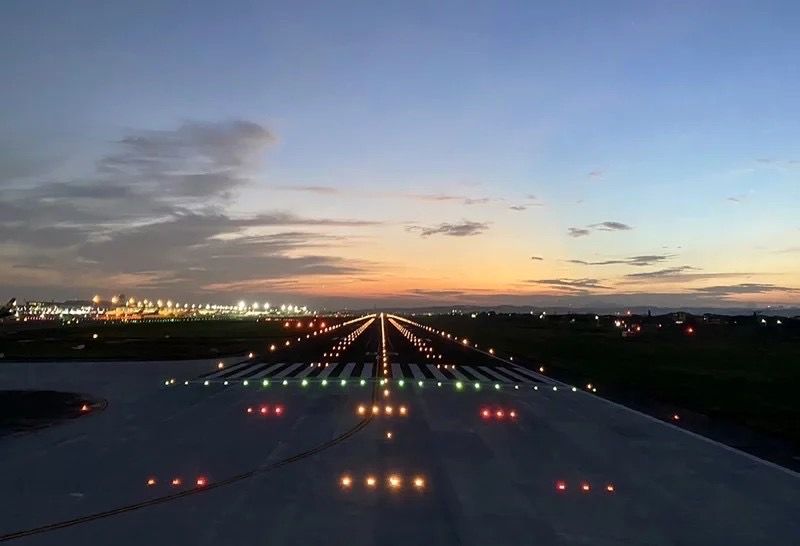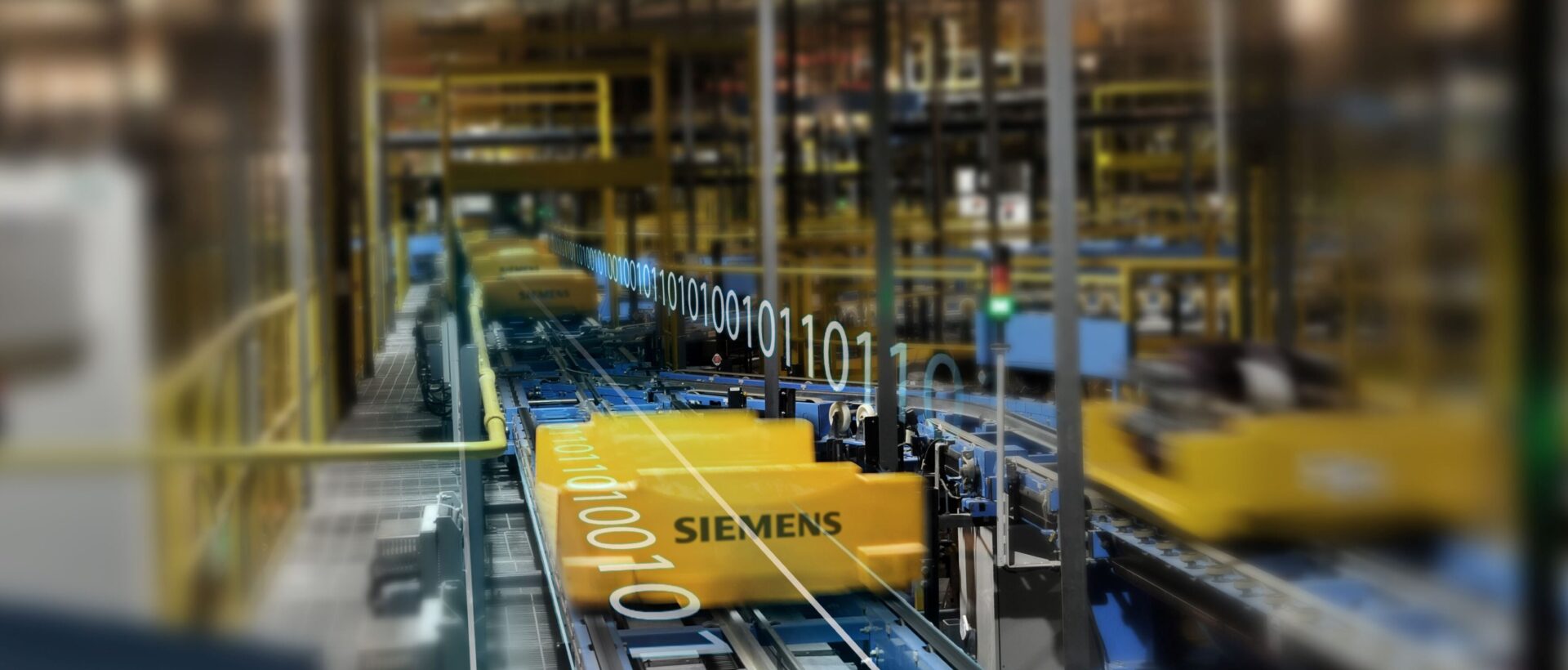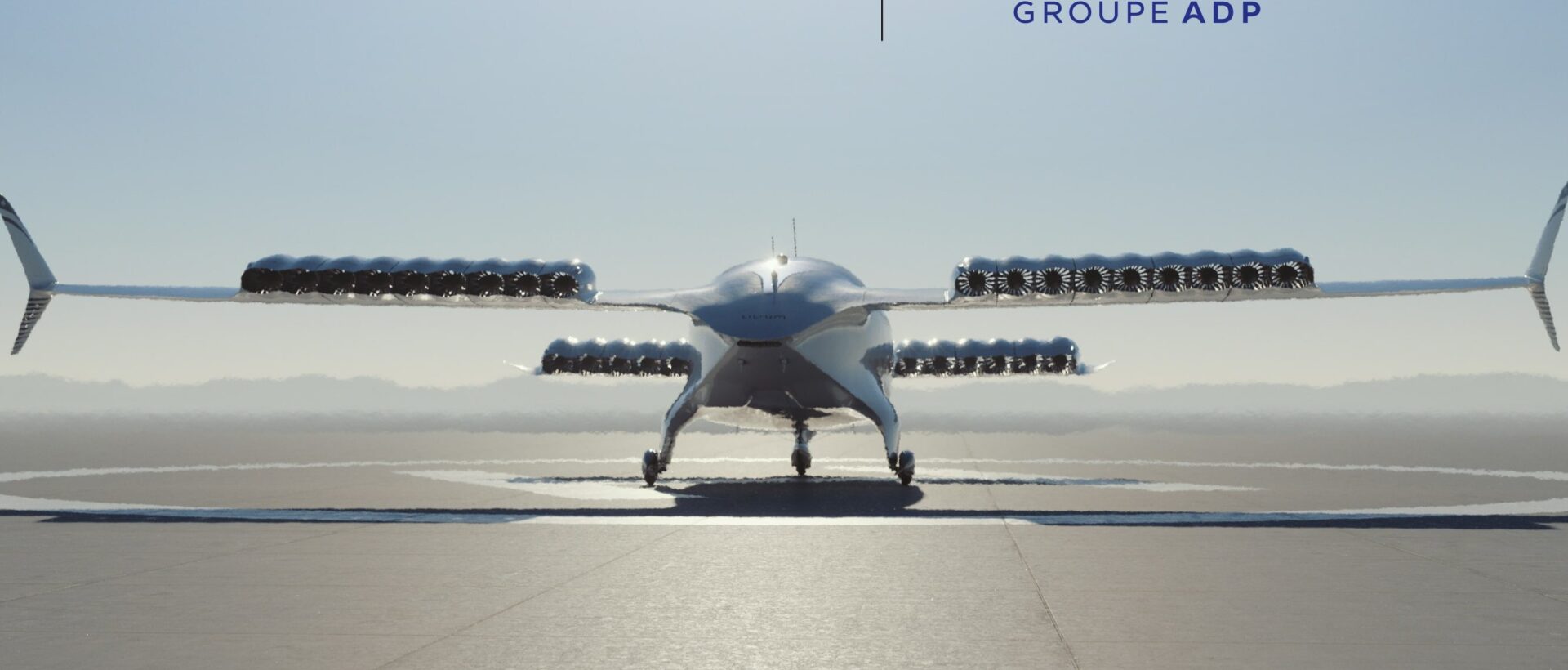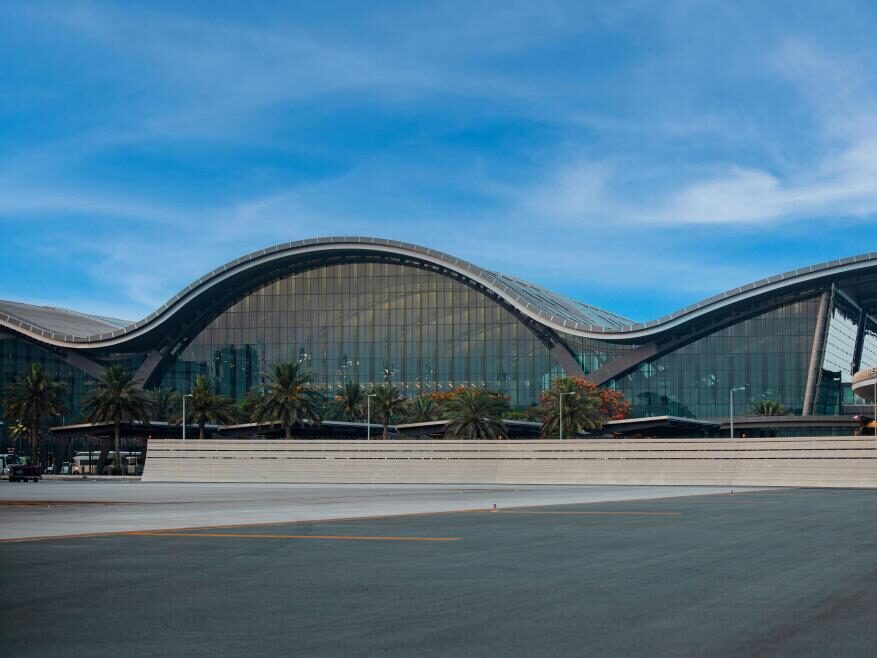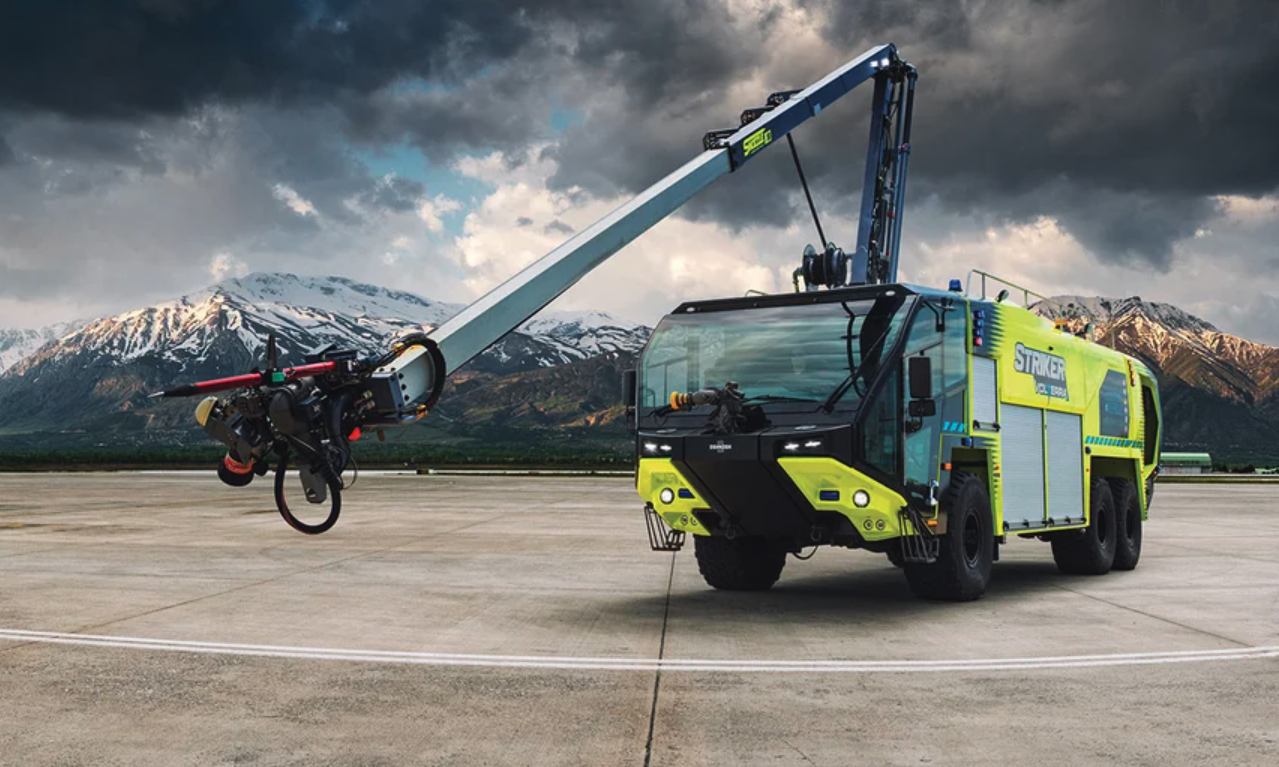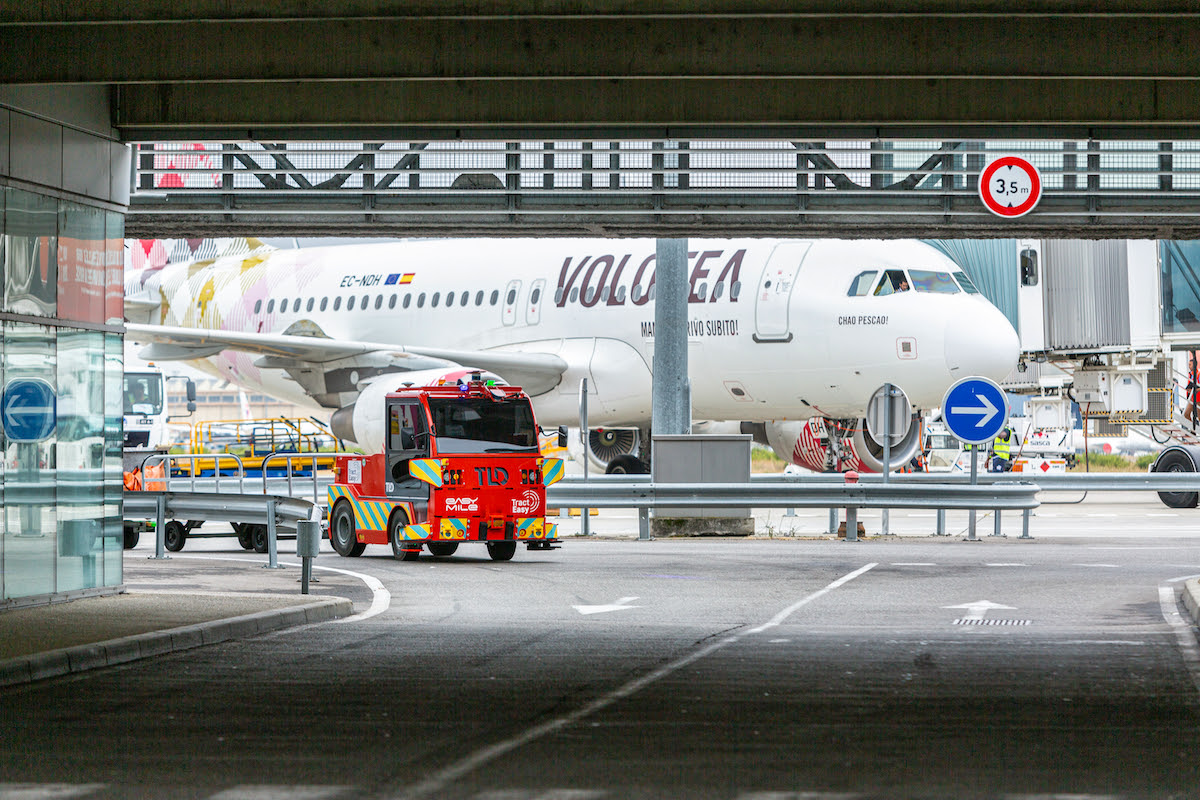Paris-Charles de Gaulle Airport (CDG), one of Europe’s busiest aviation hubs, requires reliable and efficient baggage handling systems (BHS) to support high volumes of luggage.
To manage this demand, airport operator Groupe ADP has implemented predictive maintenance tools from Siemens Logistics in Terminal TBS4. The aim is to improve system availability, reduce manual workload, and support continuous operations.
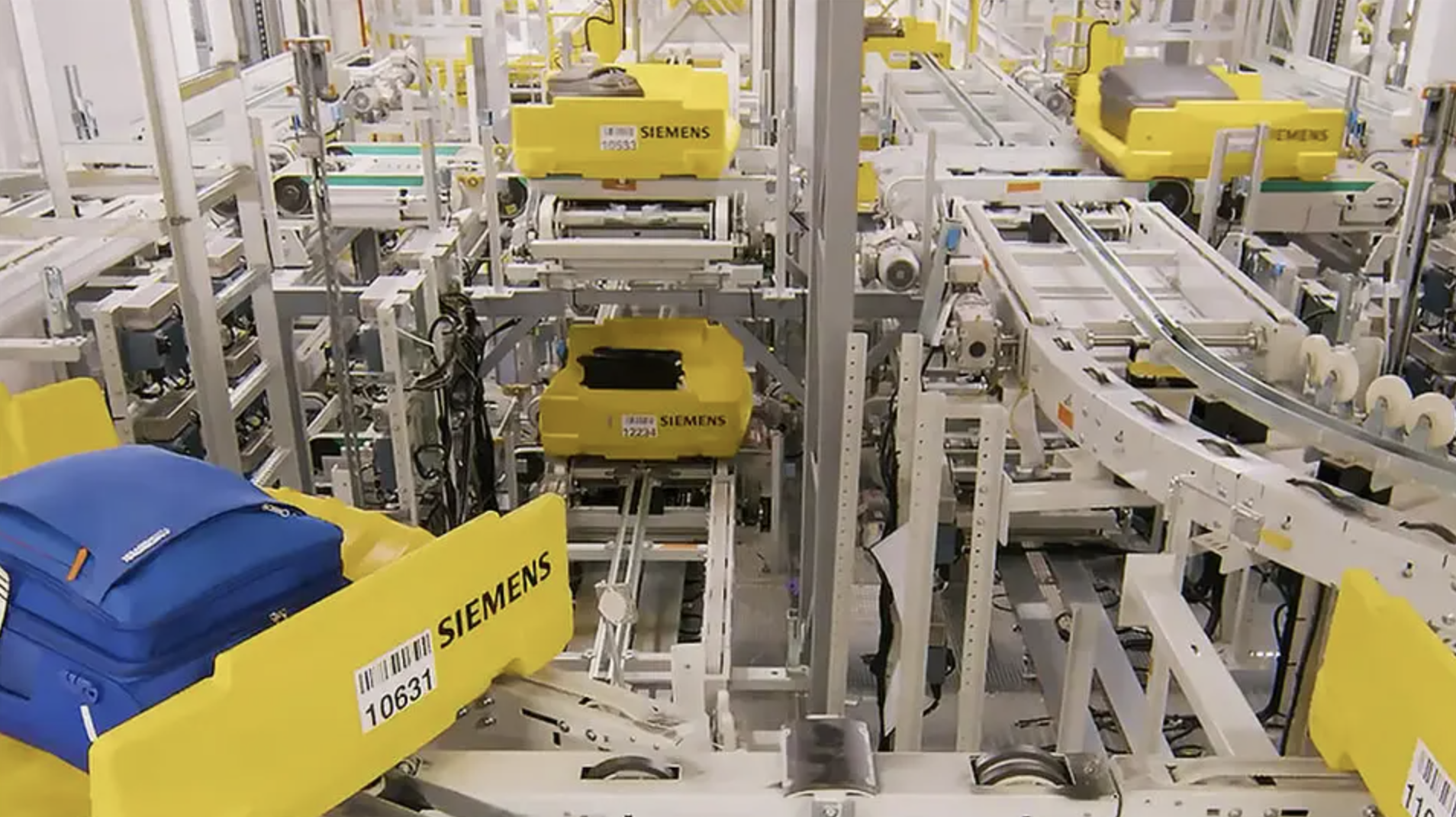
Predictive Maintenance
Conventional BHS maintenance has typically followed a time-based model, with inspections and part replacements scheduled at regular intervals. This method can lead to unnecessary servicing and increased use of spare parts. Siemens Logistics’ SmartService 360 platform introduces a condition-based approach that relies on real-time monitoring and data analysis.
Using sensors and image-based diagnostics, the system collects data from key components such as sorters, motors, and conveyors. Machine learning algorithms process this data to identify potential failure risks and provide a predictive assessment. These insights are presented through a centralised dashboard, supporting operations and maintenance (O&M) teams in prioritising tasks and planning interventions more accurately.
This data-driven approach is designed to support proactive servicing, reduce unplanned downtime, and optimise the use of resources.
Observed Outcomes at Terminal TBS4
At Paris-CDG’s Terminal TBS4, SmartService 360 has been deployed on several components of the baggage-handling infrastructure. According to Siemens Logistics, the application on sorter systems has led to a reduction in the need for manual inspections, with an estimated decrease of around 90 percent. This is reported to have saved over 400 O&M hours annually.
In a similar application, predictive maintenance for motor systems has reduced manual inspection requirements by approximately 60 percent, with estimated time savings of close to 3,000 O&M hours per year.
These reported outcomes suggest that predictive maintenance may contribute to more efficient resource allocation and potentially lower operational disruptions.
The introduction of predictive maintenance is part of a wider digital transformation initiative at Paris CDG. While enhancing system reliability and availability, this also offers indirect benefits to passenger services, as more consistent baggage processing contributes to smoother operations, particularly during peak periods.
The approach also aligns with wider operational goals, including the reduction of unnecessary component use and a shift toward more sustainable system management.




